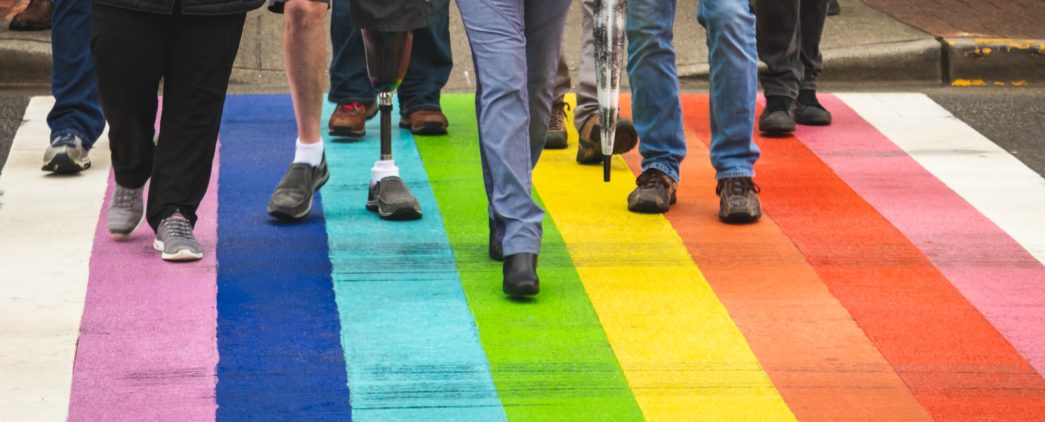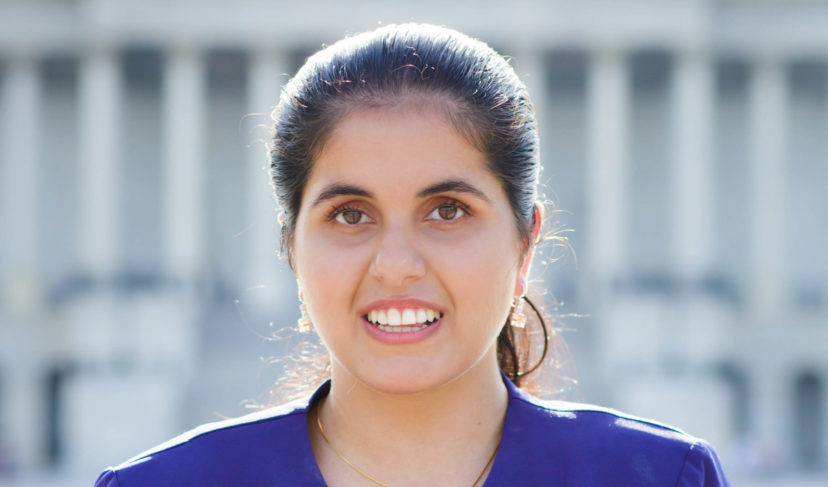Months and Anniversaries Are Not Enough
Symbolic acts demand inclusive change

Did you know that July was Disability Pride Month? Did you know that the Americans With Disabilities Act (ADA) is 31 years old? Don’t feel bad if you didn’t, most people are sadly unaware of both. Yet, both the legislation and a month focusing on awareness and celebration of people with disabilities shapes our lives.
Disability Pride Month
A favorite columnist of ours, Andrew Pulrang, who writes for Forbes, has a particularly succinct post about Disability Pride Month as an opportunity, if done well, for the disabilities community to celebrate its diversity and accomplishments. We encourage you to check it out. Among his many excellent points, Mr. Pulrang asserts that people living with disabilities are not all the same. There is a complexity and individuality that makes ‘lumping’ everyone into one group very harmful. Additionally, people and corporations need to engage in complex conversations about disabilities and ensure that we don’t ‘wheelchair-wash’. In this case, wheelchair-washing is simply plastering an iconic version of a wheelchair on your social media or corporate façade, claiming you’re an inclusive company, and calling it a day, instead of doing the hard work of inclusiveness.
The same is true for digital accessibility. The range of individual’s use constraints vary greatly, and there are no quick fixes or easy outs that can magically make the web inclusive. It takes strategic thinking, thoughtful and inclusive design, strong development and QA. Despite the commercial success of accessibility overlays, the hard truth is that doing the hard work of designing, developing, assessing and remediating takes time. We can choose to engage seriously with Disability Pride Month or we can change our social media banners and move on. It’s our choice.
The ADA Turns 31
In addition to July being Disability Pride Month, the ADA turns 31 years old. The ADA is the most significant civil rights legislation in my lifetime. It has literally transformed the world around us and almost entirely for the better. But, the Internet was not a thing in 1990 and the ADA has no legal provisions for the World Wide Web’s virtual doors to be as accessible as the physical doors it has improved. Much has been written about that – but where we need to examine the legislation more critically and acknowledge that it has failed is in the area of employment of people with disabilities.
According to the Bureau of Labor Statistics, “Persons who are neither employed nor unemployed are not in the labor force. A large proportion of persons with a disability–about 8 in 10–were not in the labor force in 2020, compared with about 3 in 10 of those with no disability.”
Wrap your head around that – 80% of people with a disability are not a part of employment in the American economy. The largest most diverse segment of Americans is completely disengaged. Or ignored? Or excluded? The verbiage is secondary to the fact that this is a crisis. The opportunity for work goes beyond a paycheck. This statistic highlights the indignity we continue to foster with our fellow Americans. We are casting aside a wealth of intelligence, ideas, creativity and more by not examining this further.
Of course, across all statistical categories in regards to employment, people with disabilities lag in comparison to those identified as not having a disability. In terms of people with disabilities who are employed, the figure hasn’t budged in 31 years. A percentage point up a percentage point down, but nothing of significance.
There has never been a better time for companies to embrace hiring individuals with disabilities. Companies have embraced diversity and inclusion, understanding that varied life experiences and a wide range of ideas is a competitive advantage. Assistive technology has progressed so rapidly that in some cases even those who would not identify as having a disability find them useful. So why are we as employers, and as a society still failing?
Yes, that last question is unfair and yet, it needs to be asked in order to build a new vision for the possibility of employing people with disabilities. A vision that starts with recruitment, continues through accessible documents and ends with internal tools that are accessible for all. People deserve access to information – not just as consumers – but as employees! And here’s the rub, when we focus on the edges, everyone benefits. Inclusive practices are necessary for a few, but benefit all.
One of the most powerful visuals to come out of the fight for the ADA was of protesters climbing the steps of the capitol to demonstrate the need for ramps and accessible entry and exit ways. What will our moment be to highlight the importance of employment for all who want to work.
Disabilities Pride Month and the ADA are two sides of the same coin. Both are forces of good in the abstract, but if we limit the conversations and actions to merely acknowledging anniversaries and pride months, there is no movement. It is not overstating it to say that lives are at stake. The ability for people to become aware and develop their knowledge base and connection to individuals living with multiple and varied disabilities has never been easier. The internet makes it possible to see, hear, read and engage with people in ways never before. Employment is possible and necessary for more people now. So as the calendar moves on, we hope that we can keep refining a vision and deepening our conviction for inclusion for all.





